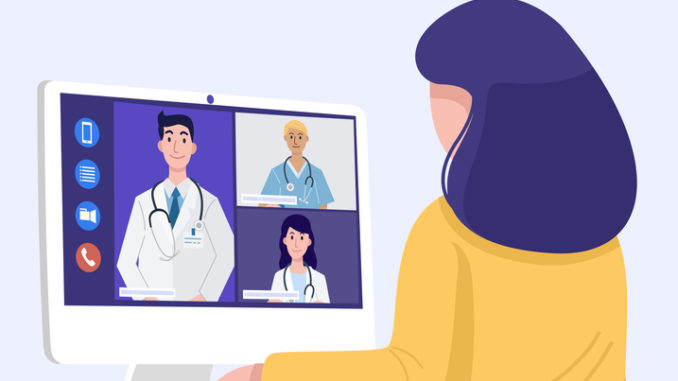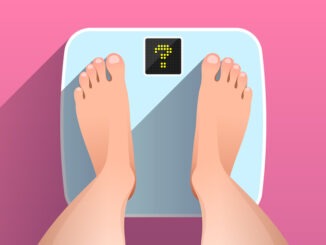
The GP IT Futures programme will enable primary care to move towards the requirements set out in the NHS Long Term Plan, the Five year framework for GP contract reform and the Digital, Data and Technology Vision
The NHS’ vision
The NHS says it will deliver changes in the technology landscape to support the transformation of primary care. The objectives of the GP IT Futures programme are to:
- provide clinically safe and useful digital services and data services for patients and general practice, ensuring minimal disruption to care for citizens as new tech standards or suppliers are introduced;
- move to open, modern, cloud-native architectures, with consistent technical and data standards;
- reform the commercial landscape of GP and primary care IT to provide an open, dynamic and competitive market;
- put NHS and patient users at the centre of the design, underpinned by user research and with regular iterations.
These are supported by four minimum strategic objectives for the programme to:
- achieve real-time and secure access to data for patients and NHS users;
- allow interoperability between systems, enabling seamless, digitised workflows in and between care settings, in real time, underpinned by common standards and supporting new models of care and primary care networks;
- enable relevant, resilient and plural ecosystem of GP and primary care IT systems, which evolve with advances in technology and the NHS;
- allow data to be, easily and consistently, captured to enable comparison of activity and clinical outcomes.
What the NHS are delivering
GP IT Futures will create a new environment for the supply of clinical IT systems to general practice that will support GP federations, enable new care models and help local partnerships transform their services. The programme will deliver:
- a new GP IT Futures framework, to succeed the GPSoC framework, that will provide the opportunity for safe and secure GP systems that are modern, resilient, interoperable and offer more relevant product options to meet the needs of the service;
- a set of common and open technology and data standards for clinical IT systems, delivered by suppliers, to meet the emerging and future demands of GPs, primary care networks and new care models – the standards will enable all parts of the NHS to become connected, enabling better information for clinicians and better care for patients;
- a new digital marketplace, the NHS Digital Buying Catalogue, that will provide an online platform to search and compare approved suppliers’ solutions on the framework and procure clinical IT system capabilities;
- migration of all practices from GPSoC to the GP IT Futures framework;
- supplier technology platforms that meet the NHS’s needs for greater access to GP data and the flow of digital information between care settings.
What this means for general practice
- They will continue to have central support for the provision of core clinical IT systems. The systems and services bought will be interoperable, meaning they’ll be able to ‘talk’ to each other across the NHS – this means information can be shared safely and securely, and will work more effectively across care settings, regardless of which systems are chosen.
- Access to a greater selection of modern digital tools and capabilities, such as e-consultation tools or social prescribing, that will help them to be more effective and to meet the needs of patients.
- GP systems will further develop interoperability with the NHS App and an increasing range of linked tools.
- A new online NHS Digital Buying Catalogue to find primary care technology systems and services will be available, making it easier to find, easier to understand, easier to choose and easier to buy. This will transform their buying experiences.
- Confidence that all services on the framework will have met stringent data and technology standards for safety, security and interoperability.


Be the first to comment